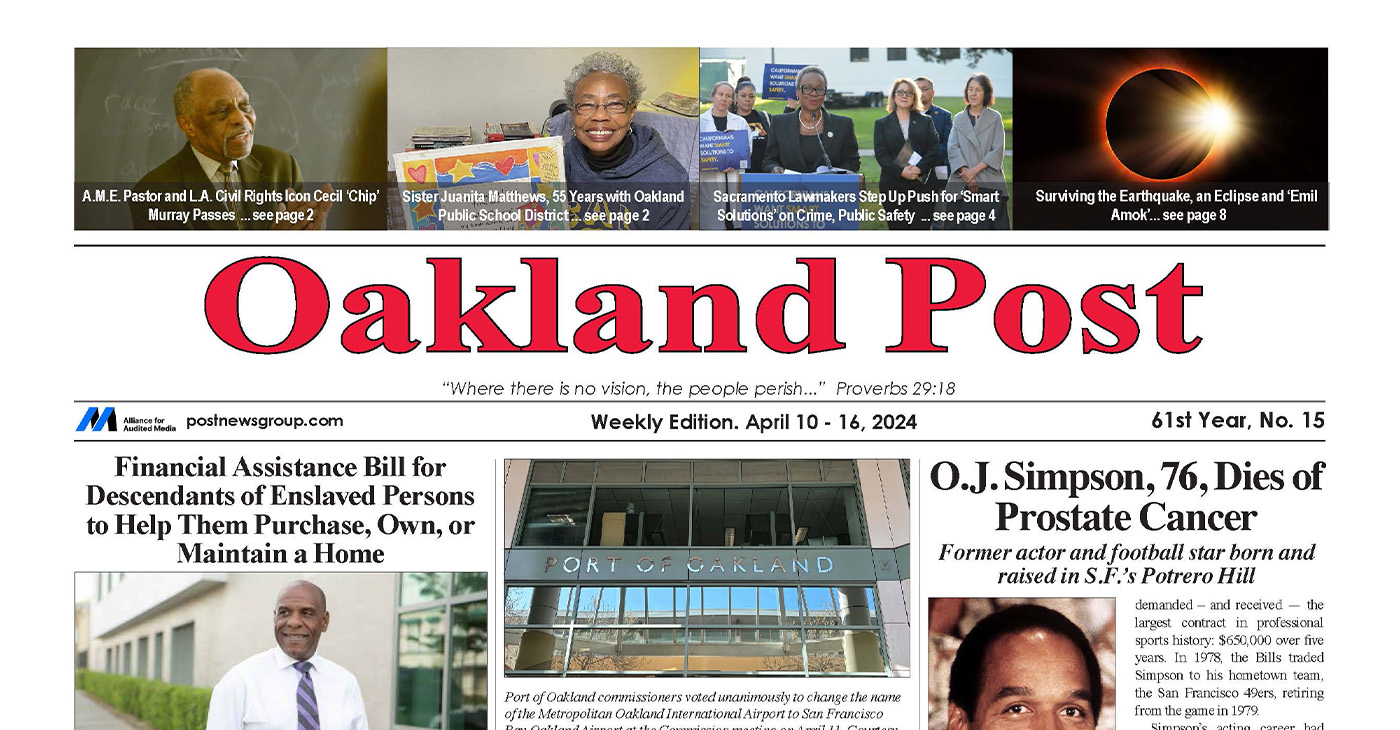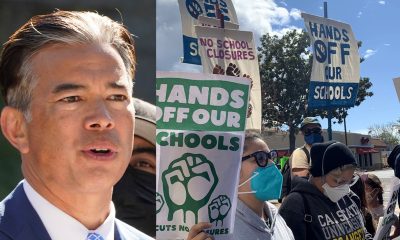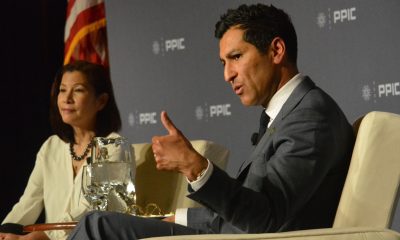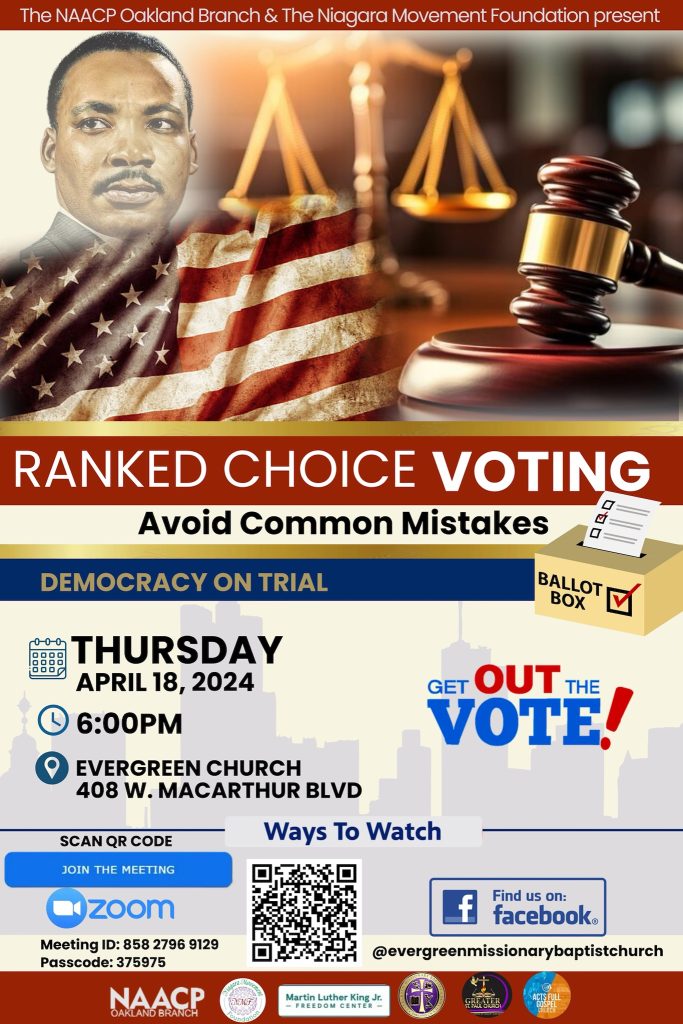Business
DOES Helps High School Students and Adults Find Apprenticeships
THE AFRO — Started in 2017, the Apprenticeship D.C. initiative was designed to offer viable alternative career pathways to traditional four-year colleges. An apprenticeship can run from one to five years depending on the occupation. After completion of the apprenticeship program, graduates receive a nationally recognized completion certificate.
The District of Columbia Department of Employment Services celebrated the transition of six high school students and several adult candidates into apprenticeship programs last week at the International Brotherhood of Electrical Workers (IBEW), 900 7th Street N.W., in honor of National College Signing Day.
Started in 2017, the Apprenticeship D.C. initiative was designed to offer viable alternative career pathways to traditional four-year colleges. An apprenticeship can run from one to five years depending on the occupation. After completion of the apprenticeship program, graduates receive a nationally recognized completion certificate.
The high school students will enroll in the agency’s Career Bridge Pre-Apprenticeship program and, upon completion of the pre-apprenticeship program, will transition into registered apprenticeships.
“We really got this idea from our former first lady Michelle Obama’s Reach Higher Initiative,” said Dr. Unique Morris-Hughes Director, D.C. Department of Employment Services (DOES). “We said ‘why not arm the young people who made a conscious choice to do something positive in their life even if it means not going to a traditional college.’”
“So it feels amazing to have young people who are highlighted in a positive way that are making a conscious choice about themselves and have a plan for their life.”
Dr. Morris-Hughes said the short term goal is to “get as many people (as possible) who are interested in an apprenticeship.”
“Some people think that apprenticeship is just construction. But it isn’t. It’s financial services, information technology. So we want young people to be informed that they have a choice about their future.”
Dr. Morris-Hughes said the long term goals is to bring the program up to scale by adding more apprenticeships in different fields.
Stephen Courtien, D.C. Director of Baltimore-DC Building Trades said, since working with this program, they have placed about 42 people over the last year or so into apprenticeship programs. The organization operates 18 training centers throughout the Distrivt.
“Construction is key to everything,” Courtien said. “Being able to build stuff you see what’s happening with our infrastructure there’s going to be bigger spends on all of this in the near future and there’s a lack of skilled construction workers.”
Courtien said the partnership with D.C. is helping to introduce younger people to the trades, which offers a wide range of career options, and doesn’t necessarily mean you don’t have an option of going to school as well.
“When you graduate your apprenticeship you can get your associate’s degree and most of the unions will help pay for you to get it. So it doesn’t limit you it actually opens up a lot of things.”
Knowing early on she didn’t want to attend a traditional college, but still wanting to become an engineer, Zyana Watts, an 18-year-old senior at Frank W. Ballou Senior High School, confided in her guidance counselor, who referred her to the apprenticeship program.
She now feels excited about the choice, and said, “I’m a girl, at the end of the day, in a male field, so I feel like I accomplished something.”
Lawrence Thompson, 22, said “It’s an honor. I take it as a blessing that they gave me this choice and I choose to run with it. Now I can advance to a career instead of just looking for a job. I see myself being a master bricklayer.”
Thomspon said he was thinking about college but added, “College wasn’t for me, mainly because of the cost, I didn’t have the money for it.”
According to the DOES there are over 800 nationally recognized trades. Just some of the ongoing apprenticeship programs in D.C. include, Auto Mechanic, Bricklayer, Cement Mason, Electrician, Iron Worker, Operating Engineer, Steam Fitter (HVAC), as well as Information Technology and Construction.
For more information about the program please go to www.does.dc.gov.
This article originally appeared in The Afro.
Business
V.P. Kamala Harris: Americans With Criminal Records Will Soon Be Eligible for SBA Loans
Speaking in Las Vegas on Jan. 27, Vice President Kamala Harris announced a forthcoming federal rule that will extend access to Small Business Administration (SBA) loans to Americans who have been convicted of felonies but have served their time. Small business owners typically apply for the SBA loans to start or sustain their businesses.

By California Black Media
Speaking in Las Vegas on Jan. 27, Vice President Kamala Harris announced a forthcoming federal rule that will extend access to Small Business Administration (SBA) loans to Americans who have been convicted of felonies but have served their time.
Small business owners typically apply for the SBA loans to start or sustain their businesses.
Harris thanked U.S. Rep. Steven Horsford (D-NV-04), the chair of the Congressional Black Caucus, for the work he has done in Washington to support small businesses and to invest in people.
“He and I spent some time this afternoon with business leaders and small business leaders here in Nevada. The work you have been doing to invest in community and to invest in the ambition and natural capacity of communities has been exceptional,” Harris said, speaking to a crowd of a few hundred people at the Brotherhood of Electrical Workers Hall in East Las Vegas.
On her daylong trip, Harris was joined by Horford, SBA Administrator Isabella Guzman, Interim Under Secretary of Commerce for Minority Business Development Agency (MBDA) Eric Morrissette, and Sen. Catherine Cortez Masto (D-Nev).
“Formerly incarcerated individuals face significant barriers to economic opportunity once they leave prison and return to the community, with an unemployment rate among the population of more than 27%,” the White House press release continued. “Today’s announcement builds on the Vice President’s work to increase access to capital. Research finds that entrepreneurship can reduce recidivism for unemployed formerly incarcerated individuals by as much as 30%.”
Business
G.O.P. Lawmakers: Repeal AB 5 and Resist Nationalization of “Disastrous” Contractor Law
Republican lawmakers gathered outside of the Employee Development Department in Sacramento on Jan. 23 to call for the repeal of AB5, the five-year old California law that reclassified gig workers and other independent contractors as W-2 employees under the state’s labor code.

By California Black Media
Republican lawmakers gathered outside of the Employee Development Department in Sacramento on Jan. 23 to call for the repeal of AB5, the five-year old California law that reclassified gig workers and other independent contractors as W-2 employees under the state’s labor code.
Organizers said they also held the rally to push back against current efforts in Washington to pass a similar federal law.
“We are here to talk about this very important issue – a battle we have fought for many years – to stop this disastrous AB 5 policy,” said Assembly Republican Leader James Gallagher (R-Yuba City).
Now, that threat has gone national as we have seen this new rule being pushed out of the Biden administration,” Gallagher continued.
On Jan. 10, the U.S. Department of Labor issued a new rule providing guidance on “on how to analyze who is an employee or independent contractor under the Fair Labor Standards Act (FLSA).”
“This final rule rescinds the Independent Contractor Status Under the Fair Labor Standards Act rule (2021 IC Rule), that was published on January 7, 2021, and replaces it with an analysis for determining employee or independent contractor status that is more consistent with the FLSA as interpreted by longstanding judicial precedent,” a Department of Labor statement reads.
U.S. Congressmember Kevin Kiley (R-CA-3), who is a former California Assemblymember, spoke at the rally.
“We are here today to warn against the nationalization of one of the worst laws that has ever been passed in California, which has devastated the livelihoods of folks in over 600 professions,” said Kiley, adding that the law has led to a 10.5% decline in self-employment in California.
Kiley blamed U.S Acting Secretary of Labor, July Su, who was the former secretary of the California Labor and Workforce Development Agency, for leading the effort to redefine “contract workers” at the federal level.
Kiley said two separate lawsuits have been filed against Su’s Rule – its constitutionality and the way it was enacted, respectively. He said he is also working on legislation in Congress that puts restrictions on the creation and implementation of executive branch decisions like Su’s.
Assemblymember Kate Sanchez (R-Rancho Santa Margarita) announced that she plans to introduce legislation to repeal AB 5 during the current legislative session.
“So many working moms like myself, who are also raising kids, managing households, were devastated by the effects of AB 5 because they lost access to hundreds of flexible professions,” Sanchez continued. “I’ve been told by many of these women that they have lost their livelihoods as bookkeepers, artists, family caregivers, designers, and hairstylists because of this destructive law.”
Activism
Oakland Post: Week of April 10 – 16, 2024
The printed Weekly Edition of the Oakland Post: Week of April 10 – 16, 2024

To enlarge your view of this issue, use the slider, magnifying glass icon or full page icon in the lower right corner of the browser window. ![]()
-

 Activism4 weeks ago
Activism4 weeks agoOakland Post: Week of March 20 – 26, 2024
-

 #NNPA BlackPress3 weeks ago
#NNPA BlackPress3 weeks agoCOMMENTARY: D.C. Crime Bill Fails to Address Root Causes of Violence and Incarceration
-

 #NNPA BlackPress3 weeks ago
#NNPA BlackPress3 weeks agoMayor, City Council President React to May 31 Closing of Birmingham-Southern College
-

 #NNPA BlackPress3 weeks ago
#NNPA BlackPress3 weeks agoFrom Raids to Revelations: The Dark Turn in Sean ‘Diddy’ Combs’ Saga
-

 #NNPA BlackPress3 weeks ago
#NNPA BlackPress3 weeks agoCOMMENTARY: Lady Day and The Lights!
-

 #NNPA BlackPress3 weeks ago
#NNPA BlackPress3 weeks agoBaltimore Key Bridge Catastrophe: A City’s Heartbreak and a Nation’s Alarm
-

 #NNPA BlackPress3 weeks ago
#NNPA BlackPress3 weeks agoBaltimore’s Key Bridge Struck by Ship, Collapses into Water
-

 Activism3 weeks ago
Activism3 weeks agoOakland Post: Week of March 27 – April 2, 2024














































